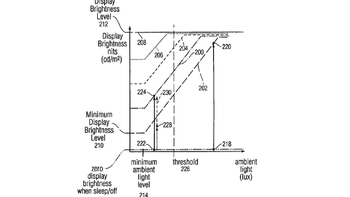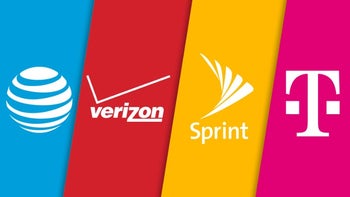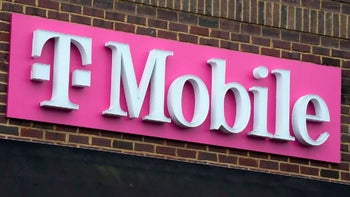Apple receives patent to protect iPhone users' eyes from bright screens in dark rooms

Apple has received a patent that could help prevent iPhone users from suffering "luminescence shock." This can happen when a handset is turned on in the dark and the display immediately is too bright for the surroundings. After a few seconds, the screen finds a more appropriate setting and tones down the brightness. But the user's eyes have already been "shocked" by the bright display. Apple's new patent, called "Luminescence Shock Avoidance in Display Devices," would have an iPhone limit the brightness level of its screen when the device is activated in a dark environment.
How is this done? The ambient light sensor on the device reads the amount of darkness in a room, and when the phone is turned on, the brightness of the screen would immediately be at the correct level for the occasion. Why is this important? Because users can be temporarily blinded by a bright screen when one is turned on in a dark room.
The patent, first filed in January 2007 with the USPTO, also details how an iPhone screen can prevent "luminescence shock" without the ambient sensor. This would be used to prevent the screen from becoming too bright after the phone receives a call or a message. In that scenario, the patent says that the screen would turn on at a reduced brightness level. And this could also help stretch out a handset's battery life by preventing the screen from lighting up so brightly whenever a phone call, a message or a notification is received.
source: USPTO
The patent, first filed in January 2007 with the USPTO, also details how an iPhone screen can prevent "luminescence shock" without the ambient sensor. This would be used to prevent the screen from becoming too bright after the phone receives a call or a message. In that scenario, the patent says that the screen would turn on at a reduced brightness level. And this could also help stretch out a handset's battery life by preventing the screen from lighting up so brightly whenever a phone call, a message or a notification is received.
Currently, Apple offers a Night Shift for certain iPhone and iPad models running iOS 9.3 and higher that not only reduces brightness, it filters out blue light to reduce eye strain.
source: USPTO













Things that are NOT allowed: